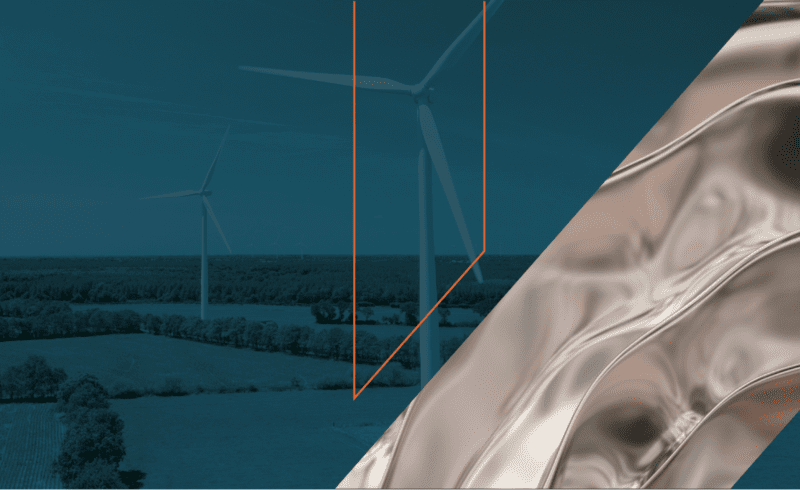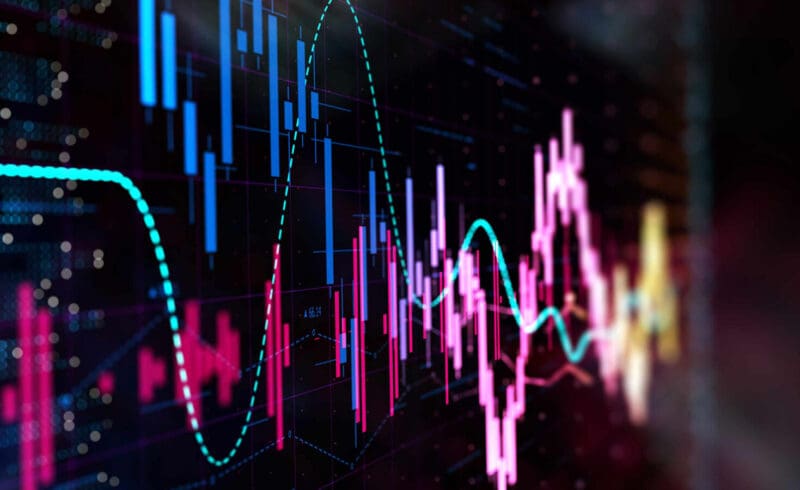Rising inflation is threatening global economic growth. In the wake of the invasion of Ukraine and still shadowed by COVID
The price of raw and energy materials has surged, testing the limits of the commodities markets, risk management and procurement. Data Science has been an important adoption in trading businesses, whether they embed their own data science teams or utilise market data feeds and alternative data platforms created by data scientists. But how is Data Science used in Commodity Trading and how does it all fit together?
Previous years have focused directly on digitising the commodity trading practice, harnessing big data and the cloud to draw insights, enhance data accuracy and obtain real time analytics. It first started with the gas and power markets and the rest of the industry was soon to follow. Now, even the most traditional and opaque agriculture markets are utilising new technologies to stay competitive, increase the much-needed transparency and allow for better predictive practices of production, storage, transport and trading. Now that the commodity trading playing field has been levelled, firms are increasing their adoption of new technologies to create a competitive edge. However, as we see in the case of cloud adoption, these technologies can be slow to implement, especially in large firms with monolithic existing infrastructure and the inability to act in a more agile manner.
Data Science isn’t new to Commodity Trading, it’s been utilised for years in various capacities starting with big data. Recent years have seen the Data Science industry grow rapidly, and with this we see the adoption of more advanced practices such as NLP, AI, Machine Learning, and non-data science tech such as blockchain and DLT’s (Distributed Ledge Technology). Data Science is used in Commodity Trading for a myriad of purposes and companies differ on the scale of their adoption. What used to be an arduous, time consuming and often error ridden process of collecting trading data via the leveraging of one’s network has been replaced with teams of data scientists, engineers, and analysts. Across the globe, billions of data points are collected from production sensors, satellite data, tracking systems, news reports and predictive algorithms to provide instant data streams.
But the data alone is not enough to give the traders what they need, the data needs to be ingested, standardised, and optimised. Not only this, but traders need tools, analytics, data visualisation, data pipelines and the ability to automate research. Standardising ingested data to the point that is usable and correct is a time-consuming process, one that shifts the focus of data scientists and analysts from analysing the data to make intelligence-based decisions to the bare minimum of just cleaning the data to make sure its useable. Enter companies such as Refinitiv, Reuters and Bloomberg; these leading market data companies have scores of data scientists, analysts and data engineers working in dedicated teams, ensuring companies that utilise their services have access to a flood of data from multiple sources and analytics tools such as visualisation. Increasingly, we are seeing the data processed by Machine Learning and AI.
The impacts of utilising big data and data science has been realised, and they’re here to stay. Over the past years we have seen a strong increase in companies hiring professionals with expertise in Python, whether these are Python Developers, developing quantitative solutions or traders capable of interacting with the codebase. Python has become one of the most in demand skills for today’s digital commodities workforce and with the continued emergence of data centric solutions, this need is only going to become stronger.
The Commodity trading markets are already going through a period of massive change and the disruptions are set to last. Machine Learning and AI is fundamentally changing the trading world. Machine learning has become exponentially more powerful since its discovery in the early 2000’s and we see a similar trajectory for A.I. Humans will never be taken out of the trading picture entirely, but we should expect to see A.I centric trading become more popular in the coming years, especially for more simple trades and time consuming processes.
Be sure to follow us on LinkedIn to stay up-to-date with all the latest trends and developments taking place across the commodities supply chain space. Proco Commodities remains available to discuss any of the market conditions mentioned above and how we can help you implement your vision of the future by hiring the best talent out there. For more insights, click here.




